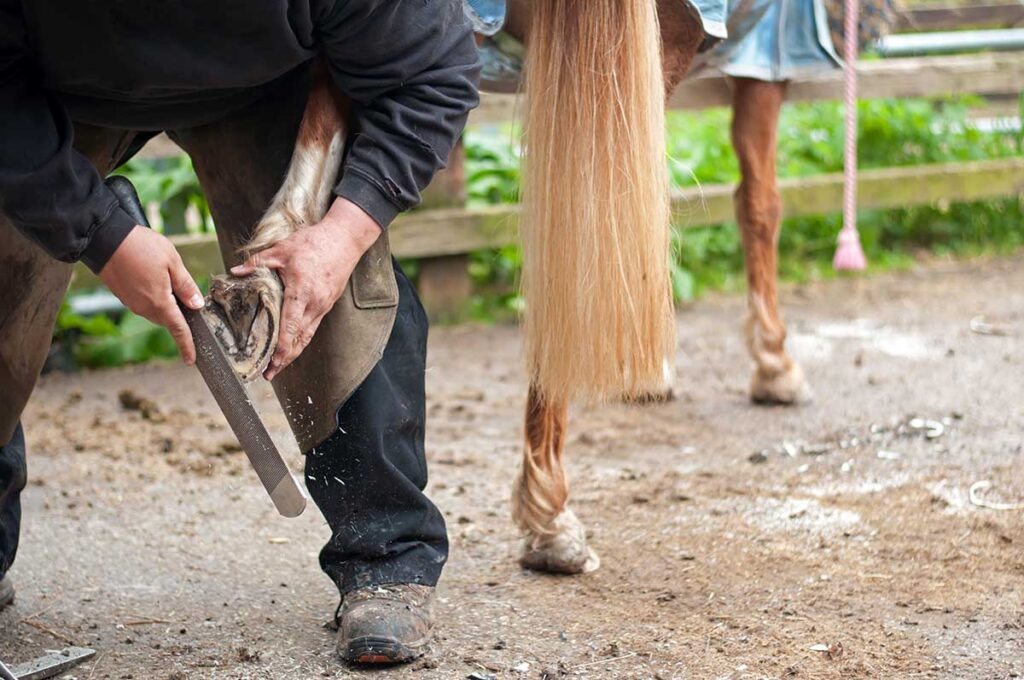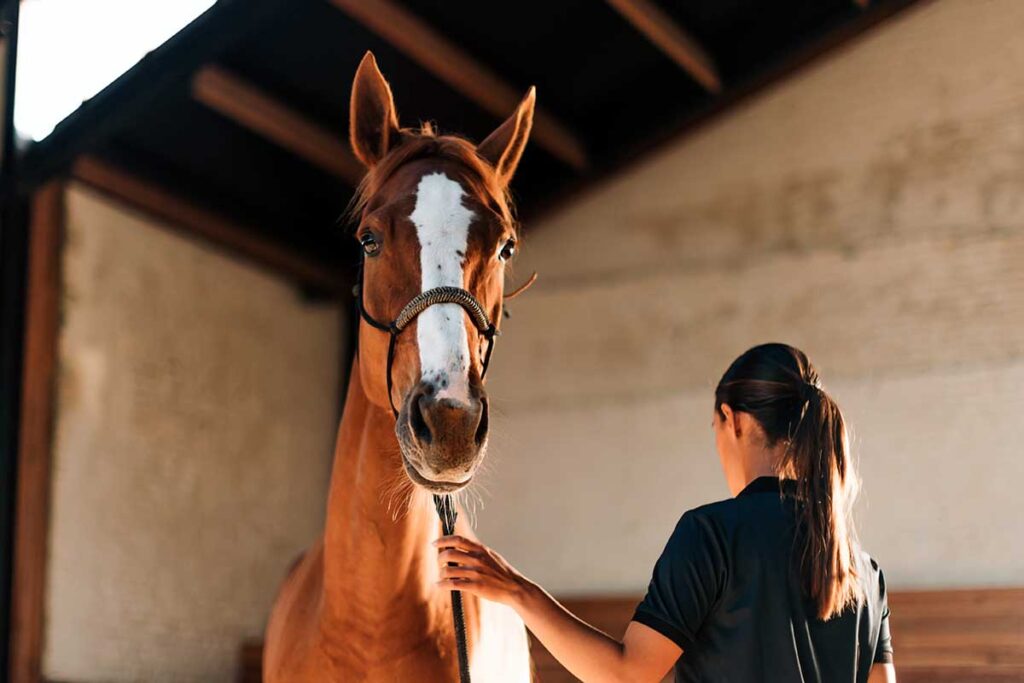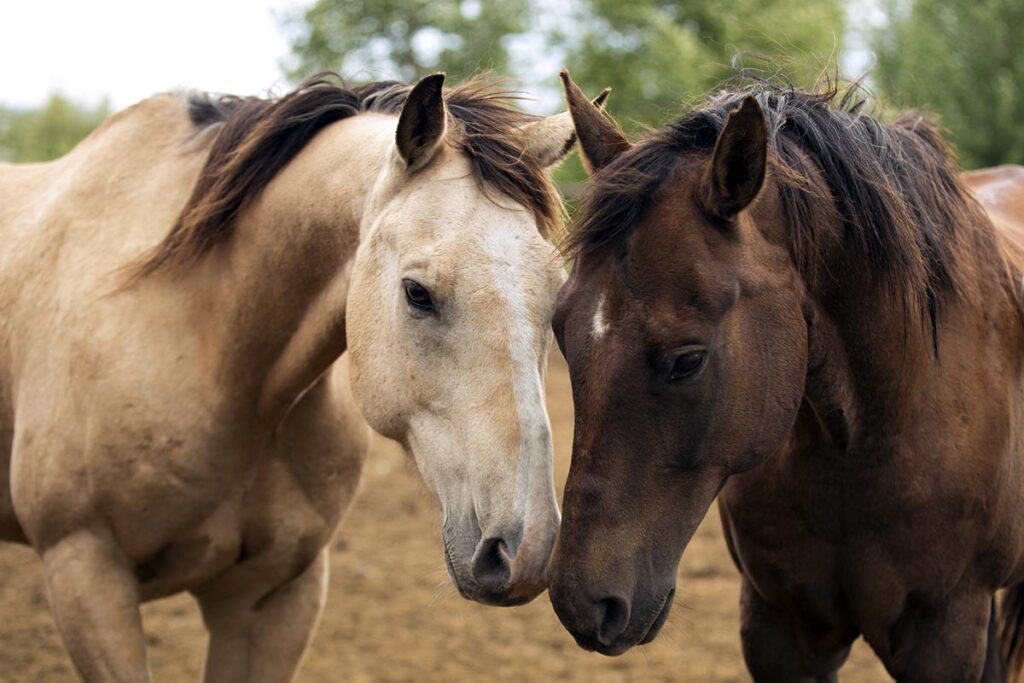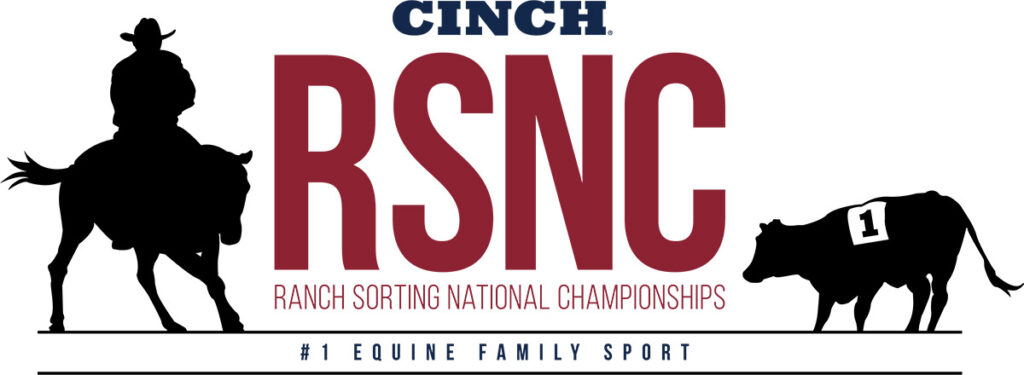If you’re looking for guidance when it comes to caring for your horse’s hooves, you’ve come to the right place. From establishing a regular care schedule to stocking up on essential supplies, we’ve compiled all the horse hoof care information you need to get started on the right foot. Plus, we’ll provide you with tips for keeping hooves healthy and strong year-round.
How Often Does Your Horse Need Hoof Care?
For maximum soundness, providing regular hoof care is a must. On your end, this includes cleaning (picking out debris from the bottom of the hooves) and inspecting your horse’s feet daily. But you’ll also need some outside assistance from a farrier (aka blacksmith) to keep your horse’s feet balanced and healthy. Because domestic horses’ rate of hoof growth (approximately 1 centimeter per month) exceeds the rate of wear, the hoof walls need to be physically trimmed back to the proper length and alignment periodically. Farriers use special tools, such as a rasp and nippers, to essentially file down and trim the hoof wall.
Generally speaking, horses that are not being ridden or are in light work can be trimmed every 10 to 12 weeks, but riding horses need regular hoof care every five to seven weeks. If your horse wears shoes, you’ll want to have them reset or reshod every four to six weeks. Of course, each horse is an individual, and situations are unique. Factors that can influence trimming and shoeing schedules include:
- Age Younger horses typically grow hoof wall faster than older horses.
- Climate Hooves grow slower in the cold winter months.
- Nutrition Horses that do not consume adequate nutrition grow less foot.
- Environment Hooves of horses kept in soft, grassy pastures exhibit less natural wear than those of animals kept on hard, rocky ground.
- Conformation The natural shape and angle of a horse’s feet and limbs can cause parts of the hooves to wear faster than others.
- Exercise Regularly exercised horses tend to have healthier hooves.
Good management practices can go a long way in preventing or minimizing hoof issues. Be sure to:
- Maintain optimal hoof balance in your individual horse by implementing regular trimming or shoeing schedules.
- Select appropriate shoes based on weather and footing conditions.
- Select and offer your horse proper nutrition.
- Work with your vet or farrier to provide appropriate treatment if a problem occurs.
Seasonal Hoof Care Checklist

You’ll find that a horse’s hoof care needs vary throughout the year. Here are some seasonal tasks to keep up with:
Winter
- Inspect and clean hooves daily.
- Check for ice balls forming in the hoof or shoe.
- Ensure adequate turnout/exercise and nutrition.
- Evaluate stall footing if your horse spends more time indoors during inclement weather. Bedding should be clean and absorbent; a rubber mat can provide comfort.
Spring
- Inspect and clean hooves daily.
- Ensure adequate turnout/exercise and nutrition.
- Assess diet and adjust for lush spring grass to prevent your horse from developing pasture-associated laminitis (a very painful hoof disease).
- Discuss summer activities with your farrier and the appropriate trim/shoe for summer.
- As hoof growth speeds up with warm weather and spring grass growth, adjust your trim/shoe schedule accordingly.
- Increase turnout and activity levels gradually to prevent hoof problems from developing.
Summer
- Inspect and clean hooves daily.
- Ensure adequate turnout/exercise and nutrition.
- Take photos of all four hooves and video of your horse moving to serve as a record of comparison over time.
- Minimize the effects of bathing on the hooves; the more water the hooves are exposed to, the softer they’ll get.
- Consider or minimize transportation and other summer stresses. Stress can affect a horse’s overall immune response and, ultimately, his feet.
Autumn
- Inspect and clean hooves daily.
- Ensure adequate turnout/exercise and nutrition.
- Assess the impact of summer activities, and make adjustments as needed.
- Work with your farrier to plan for the next year. (For example, can your horse go barefoot over the winter, or does he need special shoes or protective hoof pads?)
Basic Hoof Care Supplies

Hoof pick
Available from just about any tack or farm supply store, you can buy a serviceable hoof pick for between $1.99 and $3.99. Higher-end ones run as much as $20. Hoof picks are intended to do just that: Pick or remove all manner of debris, including sand, pebbles, and even bits of wood or glass, that horses pick up roaming pastures, navigating trails, or performing in arenas.
Hoof brush
A hoof brush helps sweep away debris loosened or missed by the hoof pick. These brushes are composed of stiff synthetic PVC bristles. After using the pick to clean every part of the sole and every side of the hoof, brush the sides of the fleshy, triangle-shaped frog and the sole, working forward from the heel.
A crease nail puller
Basically a long-handled pair of pliers, this tool allows owners to remove individual nails from the “crease,” or the groove in which the nail sits in the shoe. It’s good to have one on hand in case a horse comes in with a shoe that’s twisted or damaged and the farrier visit is about a day away. You can find an inexpensive one for about $25.
Topical hoof hardener
Brushed directly onto the outer hoof wall, this liquid is available under many names. With regular use, this substance can potentially protect the hoof against weakness created by moisture from urine or wet ground and fortify the hoof against cracking. Most simply, hoof hardeners help balance moisture content and might help prevent shoes from coming loose or abscesses (bacterial infections) from developing.
Thrush treatment
When they do appear, hoof cracks and splits create the perfect habitat for the microbes that cause thrush (a bacterial infection that occurs in the frog tissue) and other equine foot infections. This is one reason every hoof-care box should contain an antithrush product like Hooflex or a mild antiseptic such as povidone-iodine (Betadine).
Poultice sheets
Easy-to-apply poultices such as Animalintex help draw out inflammation and infection. You can use them to treat issues such as foot bruises and to encourage hoof abscesses to drain.
A hoof-soaking boot or bucket
These can make soaking abscessed feet or applying treatment for conditions such as white line disease (a disease process within the hoof wall) easier.
Self-adhesive flexible bandage and duct tape
You can use rolls of strong, stretchy, gauzy material to bandage wounds, hold medicinal or liniment poultices in place, or wrap a foot that has lost a shoe until the farrier arrives (Vetrap or Co-Flex are some examples). Duct tape is useful for wrapping a foot that has lost a shoe or is healing from an abscess. Many horse owners use a combination of bandage and duct tape when wrapping a foot.
Gauze pads
Whether for dressing a wound or applying a poultice, keep a stack of 3-by-3-inch or larger nonstick gauze bandages or dressings, such as Telfa pads, on hand. Some people use disposable diapers as an alternative.
Take-Home Message
From daily cleaning with a hoof pick and brush to regular trimming and shoeing, hoof care should be an integral part of your horse’s routine. Remember that each horse is unique, and factors such as use, climate, and health can influence the frequency and type of care. Ultimately, a well-rounded approach to hoof care can help keep your horse’s hooves strong, healthy, and ready for whatever trail you’re set to explore next.
Watch: How To Pick Out a Horse’s Hoof
Are you enjoying this content? Sign up for My New Horse’s FREE newsletter to get the latest horse owner info and fun facts delivered straight to your inbox!








